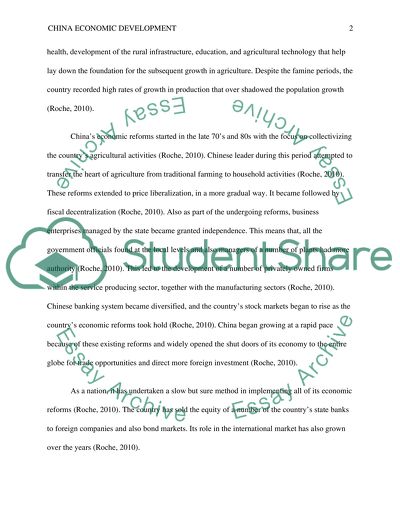Cite this document
(“China Economic Development Essay Example | Topics and Well Written Essays - 1250 words”, n.d.)
China Economic Development Essay Example | Topics and Well Written Essays - 1250 words. Retrieved from https://studentshare.org/macro-microeconomics/1455975-china-economic-development
China Economic Development Essay Example | Topics and Well Written Essays - 1250 words. Retrieved from https://studentshare.org/macro-microeconomics/1455975-china-economic-development
(China Economic Development Essay Example | Topics and Well Written Essays - 1250 Words)
China Economic Development Essay Example | Topics and Well Written Essays - 1250 Words. https://studentshare.org/macro-microeconomics/1455975-china-economic-development.
China Economic Development Essay Example | Topics and Well Written Essays - 1250 Words. https://studentshare.org/macro-microeconomics/1455975-china-economic-development.
“China Economic Development Essay Example | Topics and Well Written Essays - 1250 Words”, n.d. https://studentshare.org/macro-microeconomics/1455975-china-economic-development.


